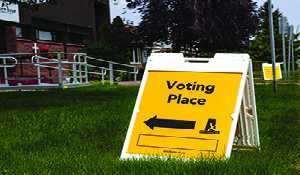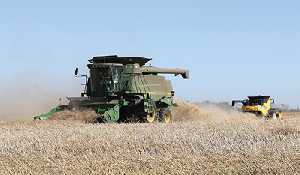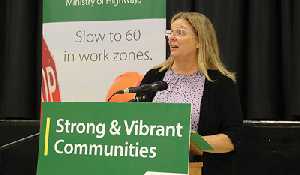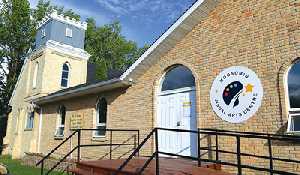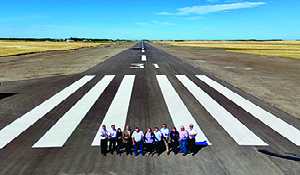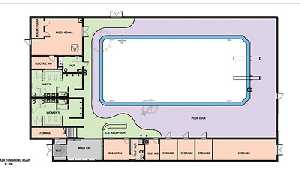Western Manitoba farmland values up 17.6, 12.2%
March 28, 2022, 11:46 am
Sierra D’Souza Butts - Local Journalism Initiative Reporter
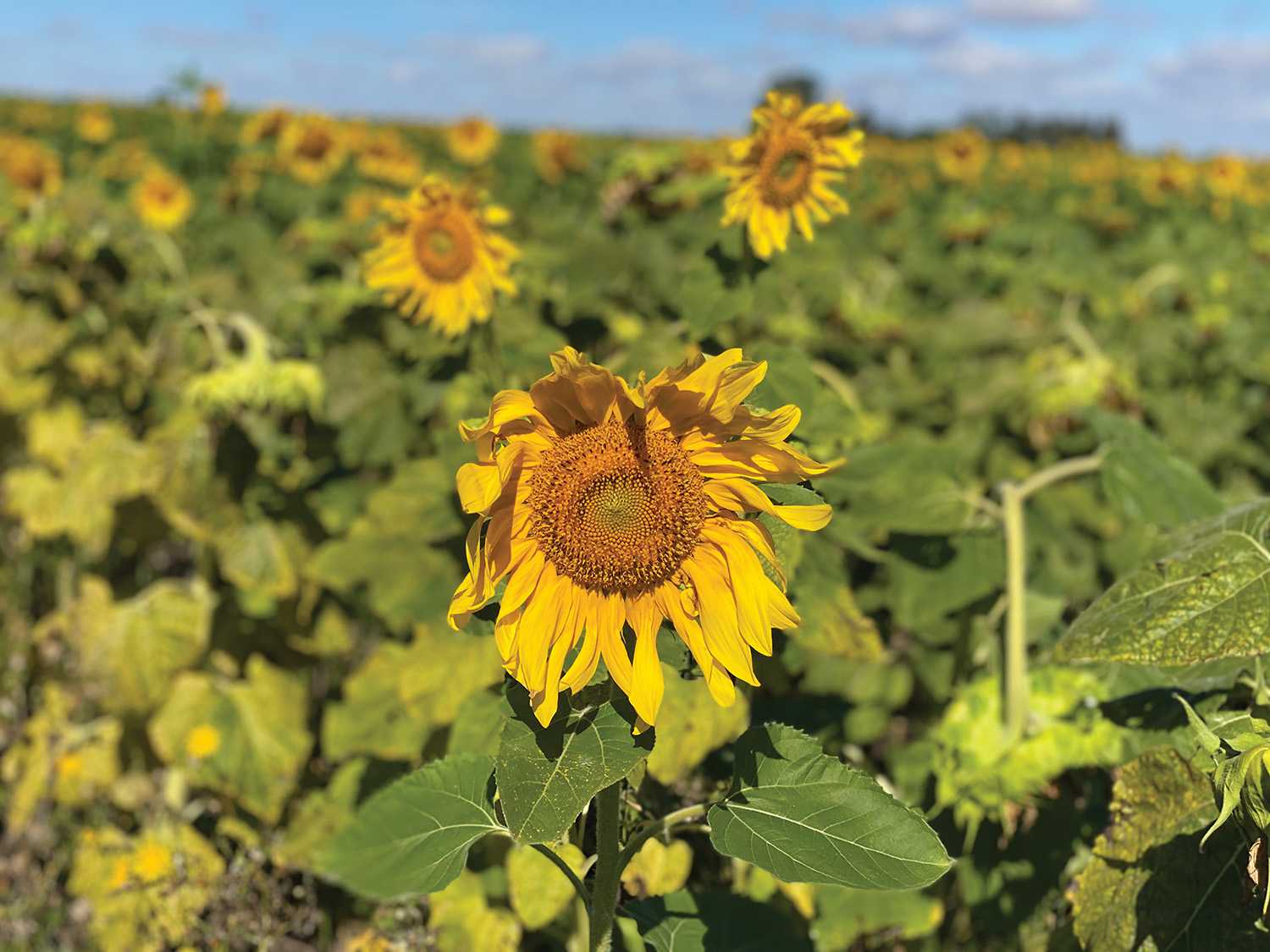

According to Farm Credit Canada (FCC)’s 2021 Farmland Values Report there has been an 8.3 per cent increase in average farmland values for Canada, up from a 5.4 per cent increase in 2020.
The annual report provides a look at the regional land value trends across Canada in price per acre.
In FCC’s report, Saskatchewan reported an average increase of 7.4 per cent in farmland values. This came after a 5.4 per cent increase in 2020 and a 6.2 per cent increase in 2019.
Manitoba farmland values increased by 9.9 per cent during 2021, following a 3.6 per cent increase in 2020 and a 4 per cent increase in 2019.
The FCC Farmland Values Report highlighted some significant increases in average land values in several areas, with the highest recorded in Ontario of 22.2 per cent and British Columbia of 18.1 per cent. Two of the Atlantic provinces followed with increases of 15.2% in Prince Edward Island and 12.3% in Nova Scotia.
Manitoba’s southwest grows farmland values
FCC’s appraiser for Manitoba, Peter Alder, said the value of farmland increased in Manitoba because of the low interest rates and the high commodity prices, but he also said it’s a combination of other factors as well.
“Overall we see increases across the province here in Manitoba, and over the years we’ve had a steady increase, a steady demand for farmland. Maybe in the Westman area and Parkland area we had to catch up a little bit,” he said.
“It’s a matter of supply and demand, let’s say you have some healthy farm operations that want to expand their land base and if that piece of land comes up for sale and it’s good quality land, they will be willing to pay that extra amount for the land.”
Alder “It comes down to the quality of that piece of land, if that piece of land is able to produce a good yield, based on the high commodity prices, it will be much more desirable for the farmer. It is one of the drivers, I wouldn’t say it’s the main one, I think it’s a combination of many drivers.”
Manitoba’s farmland regions in Parkland and Westman increased the most in the province, according to FCC’s 2021 report.
Parkland increased its average farmland values by 17.6 per cent averaging $2,600 per acre and Westman increased by 12.2 per cent averaging $3,100 per acre.
Although the southwest regions in Manitoba reported a higher increase compared to its eastern regions, Alder pointed out those regions were somewhat catching up to the province’s eastern areas.
“That 12.2 per cent increase in the west man area, it may be a little bit above the average but we were a little bit lower in the past years, and that factor of catching up as well, I think that played a role too,” he said.
Regions such as eastman increased by 5.4 per cent yet averaged in farmland values at $4,800 per acre, which still remains higher than Manitoba’s southwest regions.
“At the end of the day it comes down to healthy farmers, good productive land, high commodity prices and land prices. As well, we had some online auctions or tender sales, that’s what you’ll find most of the time for land sales. “
“We see fewer sales that go through a real estate agent, if I have a close tender sale or close auction, first of all I have control of who the land will go to as a seller, and secondly as a buyer, I might be willing to bid a little bit more or to pay more to get that piece of land. There’s not that interaction between the buyer and seller anymore and I’m not saying that’s a main driver but certainly those are the transactions where we see $200 being paid more, per acre.”
Alder spoke about the link between the commodity prices and crop insurance coverage playing a role in increasing the province’s farmland values.
“At the end of the day if I have a piece of land and I do my math regarding how much yield I would get or how much I wouldn’t, then I’d factor how much I would get from my insurance coverage,” he said.
“I guess we had a rough ride because of the drought and the heat stress on the vegetation (last year), but even if I still get some money from my crop insurance it still gives me some cash flow to be invested again. With the high commodity prices due to the supply issues we had, that certainly makes the math for the farmer look better to invest into land that is more expensive.”
Alder was asked what he thinks the future of farmland values in Manitoba will look like.
“Based on the path that Manitoba has been on for several years and based on the history from its numbers, I would suspect that the values will steadily increase. In some areas it will be more pronounced, in some areas a little bit less, but overall based on historical values, we’ll see an increase of our land values over the next couple of years.”
“Here in Manitoba supply and demand is a main factor, strong healthy farms that’s on the supply managed side, or on the grain side as well. The quality of the land starts to play a role as well, if we have that plateau land for example versus grain land and vegetation land, that might be a factor as well. We will see in the next couple of years how it will evolve if we have drought, these are all factors that might influence the land value but the overall drive for us in Manitoba is supply and demand.”





